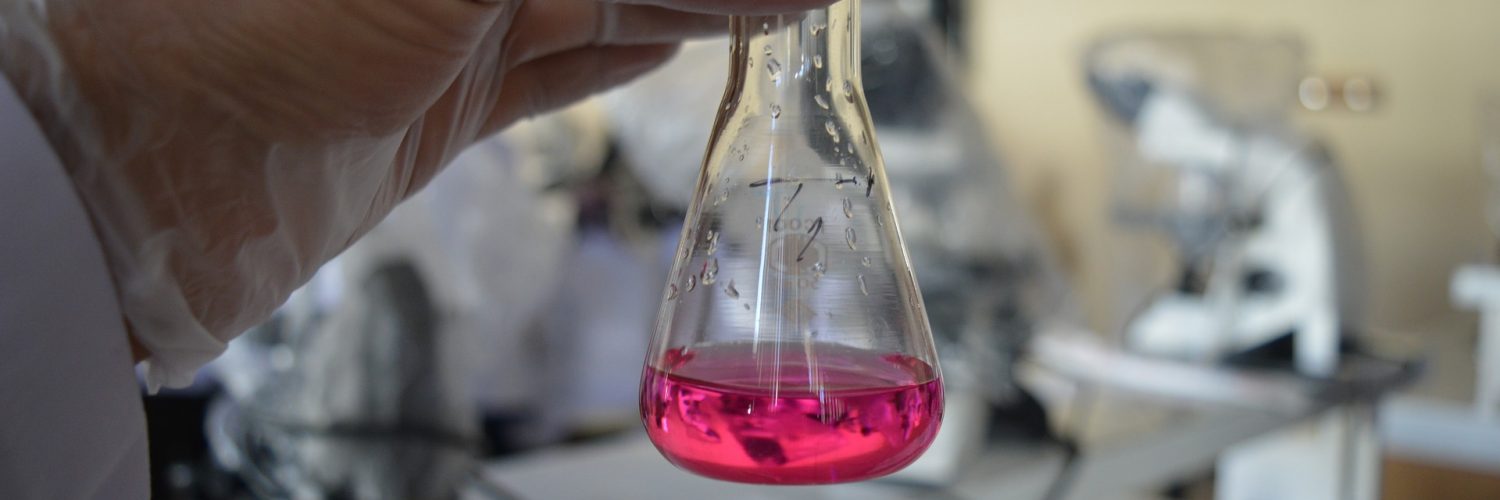First launched in 2012, the Rural Communities Expansion Project (RCEP) at the Arizona Science Center took aim at the lack of science, technology, math and engineering (STEM) programs and resources in rural school districts throughout Arizona. The goal was to create a hands-on learning environment in these small schools and communities and expand the footprint of technology in the classroom.
Fast-forward to 2018 and the program now reaches schools in Cottonwood, Oak Creek, Humboldt, Winslow, Prescott, Sedona, Tonopah, and Florence. And now, the RCEP is getting another much-needed financial boost with a sizeable $1 million grant from the APS Foundation.
The program focuses on providing fun and active opportunities for teachers and students to combine creativity with STEM skills. When it comes to STEM resources, rural communities have traditionally been lacking.
“Many times, teachers in the rural areas are tasked with teaching more than one subject and simply lack the confidence to execute lesson plans,” says Dr. Rob Robertson of the Science Center. “What our academic coaches provide is more background on lessons/subject, ideas of how to better instruct and overall how to inspire and engage their students to really enjoy STEM.”
According to the Science Center, the RECP provides “professional development for teachers, training for administrators and half-day student programs featuring hands-on STEM projects such as a mobile planetarium, catapult construction, and roller coaster building.”
The six-year partnership between the APS Foundation and the Arizona Science Center has only gotten stronger with the grant. It will help sustain the program for the next five years and allows an expansion into Cochise and Yuma counties. Altogether, with this new grant, there has been nearly $2.5 million awarded to the program as it helps K-8 teachers and students with STEM projects and all-day events.
This past December, Holbrook Unified School District put together a six-day STEM-based program packed with STEM activities.
A huge push behind supplying education and resources in the rural communities that goes beyond bolstering science in the classroom is to prepare students for better jobs in the future.
“Our future workforce depends on the youth of today as technological advances continue to change the landscape of our society, economy and jobs, so it is imperative that students have access to quality STEM programming so they don’t fall behind in school and eventually in the workforce,” says Robertson.
According to the U.S. Bureau of Labor Statistics, the career outlook for STEM employment is projected to grow by about 13 percent by 2022. Moreover, the Pew Center touts that STEM workers will see a pay advantage compared with non-STEM workers, even with similar education levels.
At this point, the Science Center’s program has helped more than 400 teachers bring STEM education through active learning opportunities to 10,500 students. Altogether, 15 schools and nine districts have been impacted by this and have seen a growth in interest in STEM. These districts were targeted due to lack of resources for STEM education, and now represent the growing development of tech in the classroom.
“As we empower teachers (and administrators) to better understand the STEM subject they are teaching and provide them with the tools to be successful,” notes Robertson, “they are more likely to stay in the classroom for many years to come and create that continuum of consistency to provide students with a better education.”
















Add comment